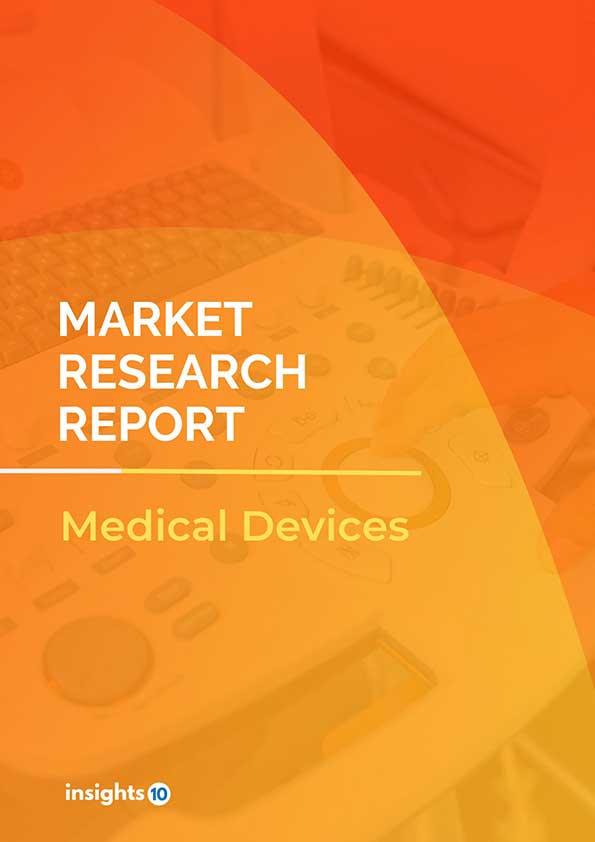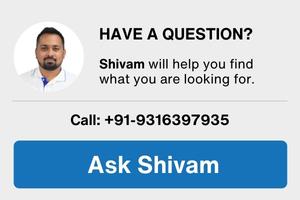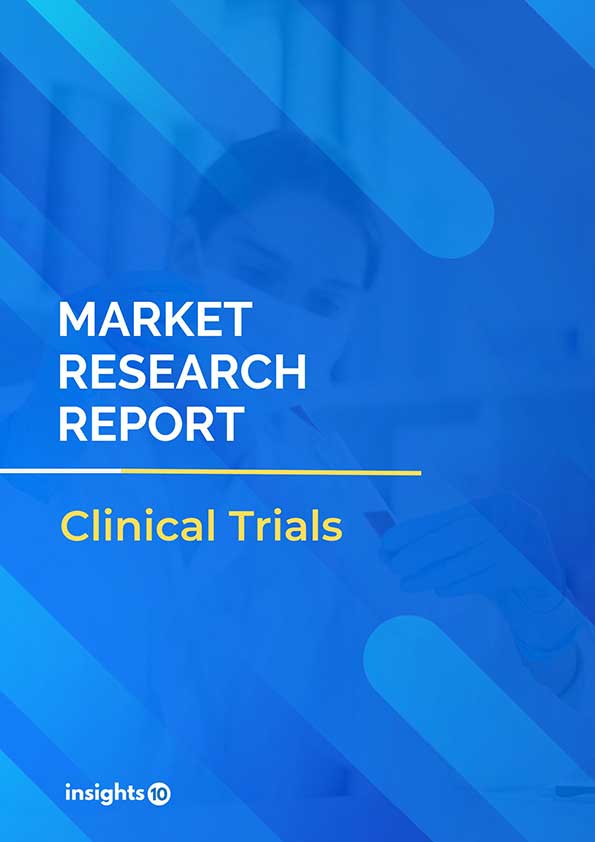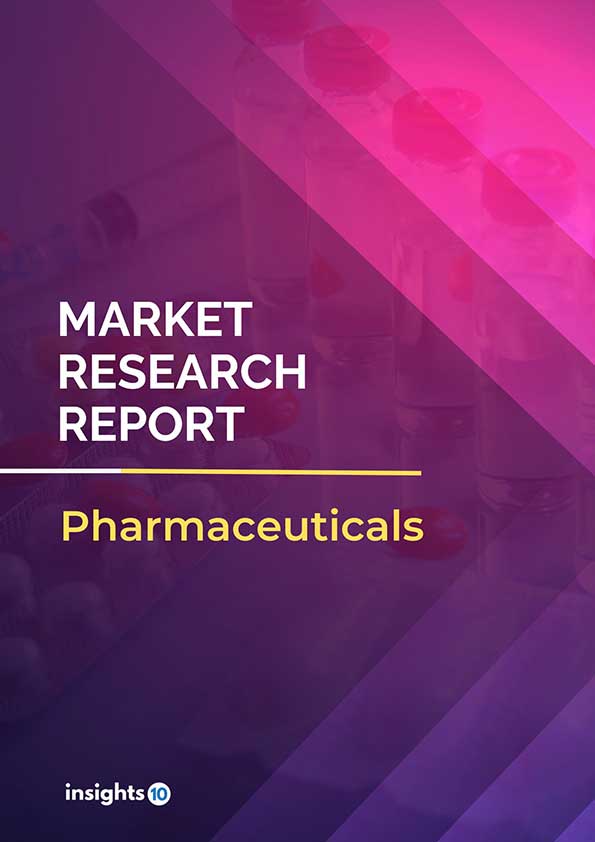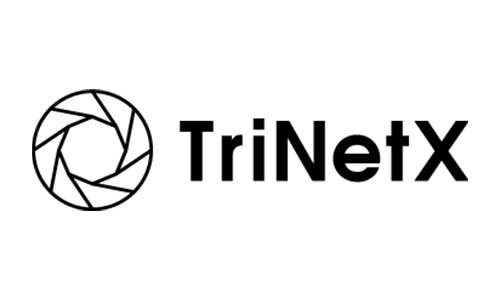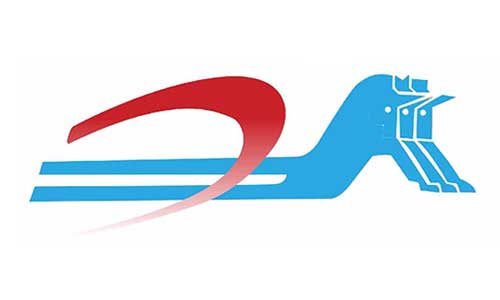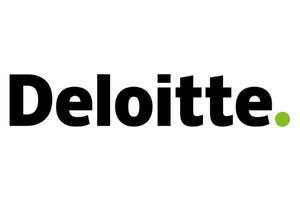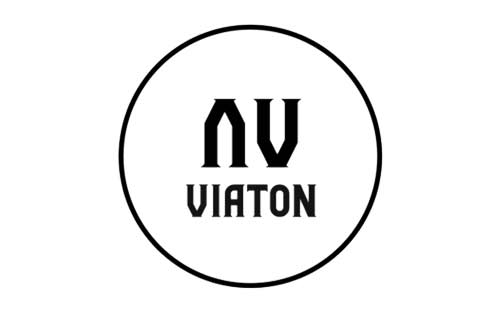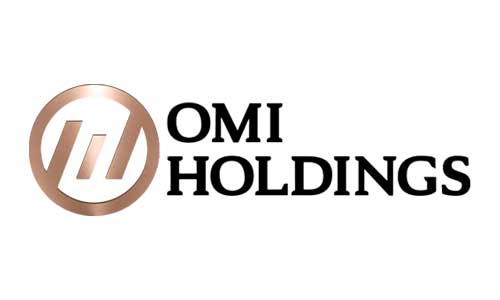Singapore Breast Pump Market Report
The Singapore Breast Pump Market was valued at $3.5 Mn in 2023 and is predicted to grow at a CAGR of 9.2% from 2023 to 2030, to $6.5 Mn by 2030. The key drivers of the market include the rising female workforce, enhanced features, and consumer awareness. The prominent players of the Singapore Breast Pump Market are Asia Connection, Pigeon, Playtex, Ameda, Avent, and Evenflo, among others.
Buy Now

Singapore Breast Pump Market Executive Summary
The Singapore Breast Pump Market is at around $3.5 Mn in 2023 and is projected to reach $6.5 Mn in 2030, exhibiting a CAGR of 9.2% during the forecast period.
A breast pump is a mechanical device that lactating women use to extract milk from their breasts. They are available in two forms; they can be manual devices powered by hand or foot movements or automatic devices powered by electricity. Breast pumps are available in a variety of styles to meet the demands of moms. Hand-operated manual pumps are lightweight and silent, making them ideal for sporadic usage. Electric pumps are often used on a regular basis because of their higher efficiency and ability to run on mains or batteries. There are several uses for breast pumps. Many parents use them to continue breastfeeding after they return to work. They express their milk at work, which is later bottle-fed to their child by a caregiver. A breast pump may be also used to address a range of challenges parents may encounter during breast feeding, including difficulties latching, separation from an infant in intensive care, to feed an infant who cannot extract sufficient milk itself from the breast, to avoid passing medication through breast milk to the baby, or to relieve engorgement, which is a painful condition whereby the breasts are overfull.
The Singapore Breast Pump Market is driven by significant factors such as the rising female workforce, enhanced features, and consumer awareness. However, stringent regulations, physical discomfort, and negative societal perceptions of breast pumps restrict the growth and potential of the market.
The major players of the Singapore Breast Pump Market are Asia Connection, Pigeon, Playtex, Ameda, Avent, and Evenflo, among others.

Market Dynamics
Market Growth Drivers
Rising Female Workforce: The rise in Singapore's female employment rate, from 69.2% in 2013 to 76.6% in 2023, drives the breast pump market by increasing demand for convenient breastfeeding solutions. As more women balance careers and motherhood, breast pumps enable them to maintain breastfeeding while working. Supported by Singapore's work-life balance policies, such as paid maternity leave and breastfeeding breaks, along with growing awareness of breastfeeding benefits, demand for breast pumps continues to grow.
Enhanced Features: In Singapore, advanced breast pump features are driving market growth by meeting the evolving needs of modern mothers. Consumers prefer portable, adjustable, quiet, and tech-enabled pumps, such as wearable designs and smartphone connectivity. These innovations offer flexibility and efficiency, prompting more women to invest in high-quality breast pumps, thereby boosting market growth.
Consumer Awareness: In Singapore, rising consumer awareness about breastfeeding and advanced breast pump technologies is driving market growth. Educational campaigns, health seminars, and healthcare endorsements have increased understanding of breast pumps' benefits, supporting breastfeeding and providing flexibility for working mothers. This heightened awareness boosts demand and fuels market expansion.
Market Restraints
Stringent Regulations: In Singapore, stringent regulatory guidelines for medical devices, including breast pumps, can hinder market growth. The Health Sciences Authority (HSA) enforces rigorous standards to ensure the safety, efficacy, and quality of these products, requiring extensive testing, certification, and compliance processes. These regulations can be both costly and time-consuming for manufacturers, involving detailed documentation and adherence to specific safety and performance criteria. Additionally, the increased expense and complexity associated with regulatory compliance can result in higher prices for consumers, which may restrict market growth and accessibility.
Physical Discomfort: In Singapore, the discomfort associated with prolonged use of breast pumps can hinder market growth by discouraging potential users and diminishing overall satisfaction. Many women face issues such as pain, irritation, or poor fit with the components of breast pumps, making extended use uncomfortable and challenging. This discomfort can lead to decreased usage, deterring new mothers from buying or consistently using breast pumps. These issues can negatively impact the growth of the Breast Pump Market.
Negative Societal Perceptions of Breast Pump: In Singapore, societal attitudes towards breast pumps can hinder market growth due to persistent stigmas and cultural views. Misconceptions about the necessity and suitability of breast pumps may lead to limited acceptance among certain groups. Traditional perspectives on breastfeeding can make breast pumps seem less preferable compared to direct breastfeeding, and societal pressures to breastfeed exclusively without using pumps affect purchasing decisions. These cultural and social perceptions can impact the overall demand for breast pumps, constraining market growth.
Regulatory Landscape and Reimbursement Scenario
The Health Sciences Authority (HSA) is the board under the Ministry of Health (MoH) of Government of Singapore which is responsible for ensuring the safety, efficacy, and quality of pharmaceuticals and medical devices, thus safeguarding the public health. The HSA conducts a thorough evaluation for applications from pharmaceutical companies seeking to register and market new drugs in Singapore.
The HAS’s responsibility extends beyond just granting marketing authorizations, and includes collecting and analysing data on adverse drug reactions reported by the patients. Also, the HAS safeguards the participants of the clinical trial by ensuring their ethical principles and safety above all. Overall, the HAS plays a crucial role in protecting patient health, ensuring quality, and promoting innovation.
The reimbursement scenario in Singapore’s healthcare system is aimed at achieving affordability and access to quality care for all patients. Regarding the public healthcare system, Singapore has a two-tiered healthcare system that consists of a subsidized public system (MediShield Life and MediSave) and a private system. The MediShield Life is an obligatory national health insurance program that covers the basics of hospital expenses in certain private hospitals with Class B2 and C ward accommodations as well as authorized public hospitals. MediSave is a mandated savings program where people save funds for their future medical expenses. With specific restrictions, it can be used in both public and private hospitals for both inpatient and outpatient care, including the certain medicines. The Integrated Shield Plans (IPs) are voluntary private health insurance plans that complement MediShield Life by providing broader coverage, including higher hospitalization reimbursements, coverage for outpatient care and medications, and coverage in private hospitals with higher-class wards.
Competitive Landscape
Key Players
Here are some of the major key players in the Singapore Breast Pump Market:
- Asia Connection
- Pigeon
- Playtex
- Ameda
- Avent
- Evenflo
- Hygeia
- Willow
- Perifit
- Kimetech GmbH
1. Executive Summary
1.1 Device Overview
1.2 Global Scenario
1.3 Country Overview
1.4 Healthcare Scenario in Country
1.5 Regulatory Landscape for Medical Device
1.6 Health Insurance Coverage in Country
1.7 Type of Medical Device
1.8 Recent Developments in the Country
2. Market Size and Forecasting
2.1 Market Size (With Excel and Methodology)
2.2 Market Segmentation (Check all Segments in Segmentation Section)
3. Market Dynamics
3.1 Market Drivers
3.2 Market Restraints
4. Competitive Landscape
4.1 Major Market Share
4.2 Key Company Profile (Check all Companies in the Summary Section)
4.2.1 Company
4.2.1.1 Overview
4.2.1.2 Product Applications and Services
4.2.1.3 Recent Developments
4.2.1.4 Partnerships Ecosystem
4.2.1.5 Financials (Based on Availability)
5. Reimbursement Scenario
5.1 Reimbursement Regulation
5.2 Reimbursement Process for Diagnosis
5.3 Reimbursement Process for Treatment
6. Methodology and Scope
Singapore Breast Pump Market Segmentation
By Product Type
- Manual pumps
- Battery-powered pumps
- Electric pumps
By Pump System
- Open System
- Closed System
By Pumping Type
- Single
- Double
By Distribution Channel
- Hospital Pharmacies
- Retail Stores
- Online Stores
Methodology for Database Creation
Our database offers a comprehensive list of healthcare centers, meticulously curated to provide detailed information on a wide range of specialties and services. It includes top-tier hospitals, clinics, and diagnostic facilities across 30 countries and 24 specialties, ensuring users can find the healthcare services they need.
Additionally, we provide a comprehensive list of Key Opinion Leaders (KOLs) based on your requirements. Our curated list captures various crucial aspects of the KOLs, offering more than just general information. Whether you're looking to boost brand awareness, drive engagement, or launch a new product, our extensive list of KOLs ensures you have the right experts by your side. Covering 30 countries and 36 specialties, our database guarantees access to the best KOLs in the healthcare industry, supporting strategic decisions and enhancing your initiatives.
How Do We Get It?
Our database is created and maintained through a combination of secondary and primary research methodologies.
1. Secondary Research
With many years of experience in the healthcare field, we have our own rich proprietary data from various past projects. This historical data serves as the foundation for our database. Our continuous process of gathering data involves:
- Analyzing historical proprietary data collected from multiple projects.
- Regularly updating our existing data sets with new findings and trends.
- Ensuring data consistency and accuracy through rigorous validation processes.
With extensive experience in the field, we have developed a proprietary GenAI-based technology that is uniquely tailored to our organization. This advanced technology enables us to scan a wide array of relevant information sources across the internet. Our data-gathering process includes:
- Searching through academic conferences, published research, citations, and social media platforms
- Collecting and compiling diverse data to build a comprehensive and detailed database
- Continuously updating our database with new information to ensure its relevance and accuracy
2. Primary Research
To complement and validate our secondary data, we engage in primary research through local tie-ups and partnerships. This process involves:
- Collaborating with local healthcare providers, hospitals, and clinics to gather real-time data.
- Conducting surveys, interviews, and field studies to collect fresh data directly from the source.
- Continuously refreshing our database to ensure that the information remains current and reliable.
- Validating secondary data through cross-referencing with primary data to ensure accuracy and relevance.
Combining Secondary and Primary Research
By integrating both secondary and primary research methodologies, we ensure that our database is comprehensive, accurate, and up-to-date. The combined process involves:
- Merging historical data from secondary research with real-time data from primary research.
- Conducting thorough data validation and cleansing to remove inconsistencies and errors.
- Organizing data into a structured format that is easily accessible and usable for various applications.
- Continuously monitoring and updating the database to reflect the latest developments and trends in the healthcare field.
Through this meticulous process, we create a final database tailored to each region and domain within the healthcare industry. This approach ensures that our clients receive reliable and relevant data, empowering them to make informed decisions and drive innovation in their respective fields.
To request a free sample copy of this report, please complete the form below.
We value your inquiry and offer free customization with every report to fulfil your exact research needs.
